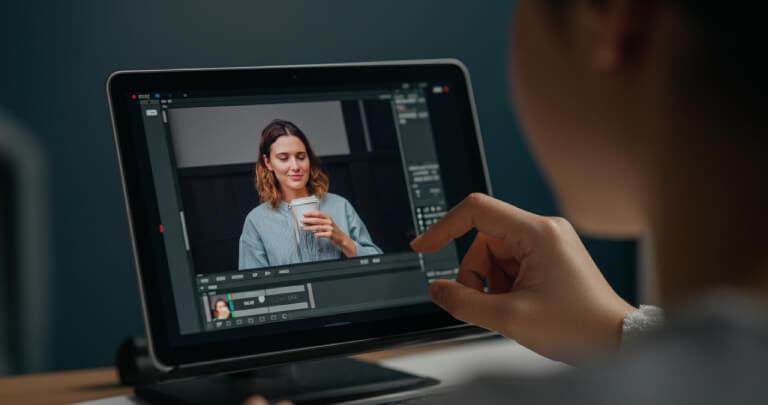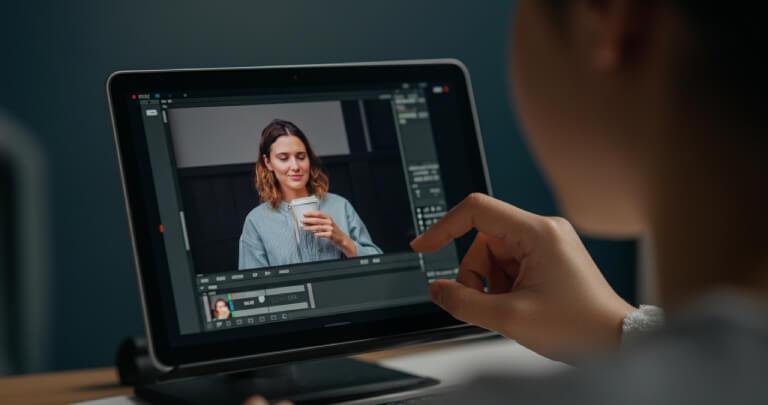AI tools are transforming video creation and authenticity, sparking both innovation and ethical challenges


The rise of Artificial Intelligence (AI) is reshaping
industries, and the world of videos is no exception. As AI tools become more powerful and accessible, they are revolutionizing
how we create, edit, and consume videos.
However, these advancements also raise critical
questions about authenticity, ethics, and the potential misuse of technology. Could videos follow the same trajectory as photos,
where manipulation becomes a norm rather than an exception? Let’s dive into this fascinating topic.
The parallel between photos and videos: a brief
history
Photos have undergone a transformative journey.
Decades ago, edited images were groundbreaking and rare; today, tools like Photoshop and smartphone apps make editing a breeze.
The same is happening with videos. AI-powered tools,
such as generative models, allow creators to edit or generate videos with unprecedented ease and precision. This evolution
means that the ability to manipulate videos is no longer exclusive to Hollywood but available to anyone with basic technical
skills.
Key AI tools shaping this trend include:
• Generative Adversarial Networks (GANs), which can create hyper-realistic visuals.
• Deepfake technology, enabling seamless face swaps and voice cloning.
• Video upscaling and restoration tools, breathing new life into old footage.
The rise of deepfakes: innovation meets controversy
Deepfake technology has become one of the most talked-about
applications of AI in video. While it opens doors for creative storytelling and entertainment, it also poses significant ethical
dilemmas.
Concerns range from personal privacy violations
to the spread of fake news and misinformation. The phrase “seeing is believing” is becoming increasingly obsolete
in the AI era.
Despite its risks, deepfake technology has positive
applications:
• Entertainment: Generating realistic
special effects or de-aging actors.
• Education: Bringing historical
figures to life for immersive learning experiences.
• Marketing: Creating personalized
video campaigns that resonate with target audiences.
The future: creative freedom or ethical chaos?
As AI continues to evolve, the boundary between
reality and artificiality in videos will blur even further. This presents an incredible opportunity for creators to push the
limits of storytelling and innovation. Imagine virtual influencers that feel as real as human ones, or AI-generated video
content that can be tailored in real-time for individual viewers.
However, the ethical implications cannot be ignored.
Industries, governments, and tech companies must collaborate to establish regulations and develop detection tools to combat
misuse. AI’s future in video creation will depend heavily on finding a balance between innovation and responsibility.
Conclusion
AI is undoubtedly transforming the video landscape,
offering new possibilities for creativity while challenging our perceptions of reality. As we embrace these advancements,
it’s crucial to remain vigilant about their ethical implications. The future of videos lies in leveraging AI’s
potential while safeguarding authenticity and trust.
For more than 28 years, Visionnaire has been at
the forefront of innovation in software development, and this commitment remains unwavering in the new era of Artificial Intelligence.
From Generative AI projects to LLMs (Large Language Models), NLP (Natural Language Processing), Sentiment Analysis, Image
Processing, Speech Recognition, and beyond, Visionnaire is your trusted partner in navigating and thriving in this transformative
wave of AI, always following the essential ethical precepts. Contact us
and learn more.




